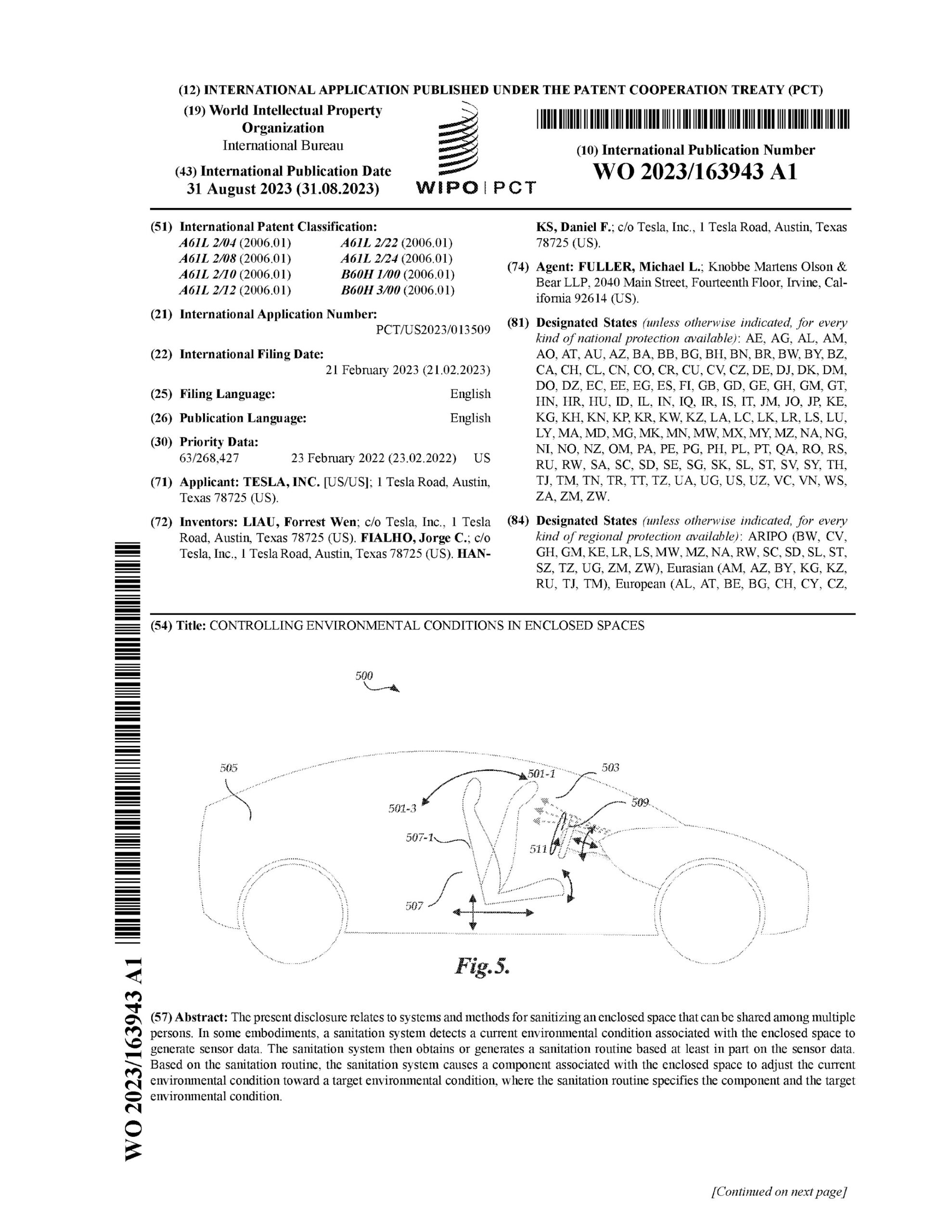Sign up for daily news updates from CleanTechnica on email. Or follow us on Google News!
Elon Musk has tweeted that Tesla will have a robotaxi reveal on August 8th, 2024. Meanwhile, Tesla stock value has surged — could it be just one week ago we were amazed at a high water mark of $230 following the Q2 delivery announcement? On Monday following the long July 4th weekend, the stock closed at $252. It climbed up again on Tuesday. What would the Tesla buzz become if the company were to announce a “Model 2” instead of the robotaxi in August?
According to the International Energy Agency (IEA), global EV sales are expected to reach 16.6 million vehicles this year, up from 13.7 million in 2023. Would the stock value soar to its high value this year of $278 — or even return to the incredible all-time high Tesla stock closing price of $409.97 on November 4, 2021, if a Model 2 was on the horizon?
For a very long time, Tesla was continually seeking out new, better, and more efficient approaches to powering, charging, and accessorizing its vehicles. In 2023, Tesla’s California factory in Fremont had become the #1 automobile production facility in the US. But then Tesla laid off 10% of its global workforce. Its sales shrunk 13% in Q1 2024, compared to Q1 2023, going down from 161,630 to 140,187.
The transition to cloud-based infrastructure in the automotive industry required breaking down resistance to technological innovation. Tesla turned this specific objection into a non-issue with its Supercharger network. At the time of the company’s unveiling, limited EV range and a lack of charging options were considerable major obstacles. Tesla eliminated these complaints by making charging fast and nearly ubiquitous. Tesla is one of the larger customers for utilities around the country, and, in support of the Supercharger success, the feds have provided Tesla $5 billion in funding for new chargers. Then Tesla CEO Elon Musk fired most of the Supercharger division.
In March, reports emerged that the Tesla “Model 2” — the long awaited less expensive car from Tesla, for which we don’t yet have an actual name — would enter production next year, and hope sprung eternal. But wait! In April, reporting indicated that Tesla had cancelled the Model 2 and would focus its efforts on building robotaxis. Yes, there has been some backing-and-forthing since — the Model 2 is moving forward … but, sorry, inflation prohibits its introduction right now, maybe in a couple of years.
Wouldn’t you think a Model 2 would have gained internal company appeal after Tesla was hit a bit hard when the $7,500 Inflation Reduction Act incentive was rescinded from the base and long-range variants of the Model 3? The reason was that too great a portion of those batteries are still sourced outside the US.
We became truly concerned that Tesla may be losing command of the market it had effectively created. We accepted the fact that Musk seems to be having his way: the robotaxi is the dream that Musk wants to recreate as a reality.
Can Tesla reframe its identity to that of an autonomous vehicle company? Several analysts doubt that Tesla can make such a substantive shift. In fact, many are predicting that, when Tesla hosts its long-planned robotaxi event on August 8, the actual winner just might be Alphabet or Amazon.
Tesla has the potential to become a mass-scale global car manufacturer. Yet it doesn’t ascribe to an important signifier of US class affluence: legacy automotive product cycles reflect the American Dream — models get replaced every 4 or 5 years and spark buying surges from US car owners who like to show off their wealth to their neighbors.
Okay, okay, the Cybertruck was a new Tesla model hot off the assembly line last year, but it does not have conventional appeal. Soccer parents need a 3-row vehicle to move the young players, their friends, and equipment, and the futuristic Cybertruck just doesn’t cut it.
Part of the paradigm shift from ICE vehicles to EVs is a change away from traditional production strategies. With the increasing popularization of EVs and diversified consumer tastes, automakers are facing the need for high-mix, flexible-volume production instead of low-mix, high-volume production. One of the ways that automakers have responded is with smart factories that utilize new manufacturing platforms modeled after the Tesla giga casting process. By 2027, experts predict next-generation battery electric vehicles will, on average, be cheaper to produce than comparable ICE vehicles. The Model 2 — as part of what Musk has revised as the company’s “Next Gen Platform” — could present an advantage over its competitors due to Tesla’s robotic production processes that rein in costs and enhance quality.
A Model 2 would also have a lot of appeal to a young couple just starting out. The company has created a distinctive brand image through its marketing campaigns, social media presence, and retail stores — a mindset that fits right into Gen Z, who are the first social age group to have grown up with complete access to the Internet and digital technology. A $25,000 car loan would look daunting to these early careerists, sure. However, this generation is projected to be the wealthiest ever, and they’ll be buying cars for the rest of the 21st century. Tesla maintains an impressive 87% brand retention rate with a brand that’s grounded on its intelligence and minimalism, so a more affordable Model 2 would fall in line with the need to attract a new and loyal customer base.
Final Thoughts
Tesla’s commitment to innovation extends beyond the development of its vehicles. Musk’s thinking is that the scale of its fleet and data gathering may give Tesla the necessary foundation to become the first company to deploy full autonomy at scale, aka FSD. In fact, Ben Oliver of UK’s Car magazine suggests that FSD as well as the Supercharger network, over-the-air software updates, its energy generation and storage products, the sale of regulatory emissions credits, and income from leasing and insurance is “terrifyingly for its rivals.” That’s because, “once Tesla acquires sufficient scale he could sell his cars for cost and make all of his profit from this other stuff.”
Will Tesla sacrifice its battery electric vehicle line for its other endeavors? It seems a reach. Tesla’s future profits are likely to be a balance of the multiple dimensions of Tesla’s vertical alignment.
A boost in Tesla sales in Q2 2024 made everyone breathe a sigh of relief, even though Tesla is still losing ground to increasing competition in the US EV market. In the second quarter, Tesla’s US sales dropped 16%, staying at 175,000. Tesla’s global sales increased by 4.8% in Q2 compared to the same period last year.
A Model 2 would inject lots of cash into the Tesla coffers and continue an upward company vehicle trajectory. Tesla’s visibility and allure would soar again to its previous, seemingly unattainable heights. Legacy automakers would shake their heads in disgust and admiration.
Have a tip for CleanTechnica? Want to advertise? Want to suggest a guest for our CleanTech Talk podcast? Contact us here.
Latest CleanTechnica.TV Videos
CleanTechnica uses affiliate links. See our policy here.
CleanTechnica’s Comment Policy





